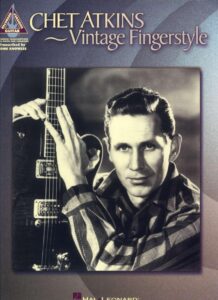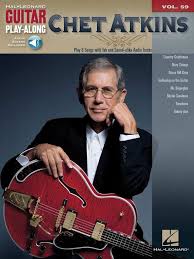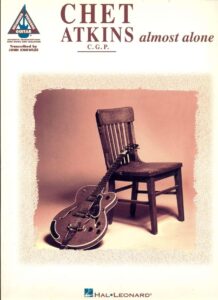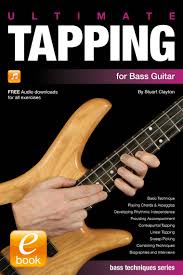Come join us now, and enjoy playing your beloved music and browse through great scores of every level and styles!
Can’t find the songbook you’re looking for? Please, email us at: sheetmusiclibrarypdf@gmail.com We’d like to help you!
Table of Contents
Chet Atkins plays Take Five (by Paul Desmond), guitar sheet music

Take Five (Buddha Remastered – 2000) byChet Atkins
Take Five (Buddha Remastered – 2000) · Chet Atkins The Essential Chet Atkins ℗ 1975 Sony Music Entertainment Released on: 2007-07-16 Composer, Lyricist: Paul Desmond.
Take Five – Guitar Solo arr. by Chet Atkins (by Paul Desmond & Dave Brubeck) sheet music, Noten 楽譜

Best Sheet Music download from our Library.

Please, subscribe to our Library.
If you are already a subscriber, please, check our NEW SCORES’ page every month for new sheet music. THANK YOU!
Browse in the Library:
Or browse in the categories menus & download the Library Catalog PDF:

Who Was Chet Atkins?
Chet Atkins (1924-2001) was an American guitarist, record producer, and record executive. He is often referred to by his nickname, “Mr. Guitar.”
His impact can be understood in three primary roles:
- The Virtuoso Guitarist: One of the most technically proficient and melodic guitarists of the 20th century.
- The Architect of the “Nashville Sound”: As a producer and executive for RCA Victor in Nashville, he helped reshape country music in the late 1950s and 1960s to appeal to a broader, more mainstream (adult contemporary) audience.
- The Mentor and Icon: He was a tireless champion of the guitar and inspired countless players across genres, from country to rock to jazz.
Key Biography in Brief:
- Born in poverty in rural Tennessee, he was inspired by his older brother and by Merle Travis, whose fingerpicking style he would later adapt and popularize.
- He struggled as a session musician before being hired by RCA Victor in Nashville.
- His success as a performer and his sharp ear in the studio led to him becoming a producer and eventually a vice-president at RCA.
- He won 14 Grammy Awards and was inducted into the Country Music Hall of Fame, the Rock and Roll Hall of Fame, and received numerous lifetime achievement awards.
His Guitar Playing Style: “The Atkins Style”
Chet Atkins’ style is a complex and elegant fusion of several American music forms. It’s often called “Country Jazz” or simply the “Atkins Style.” It is primarily a fingerstyle technique.
Core Technical Elements:
- Thumb Independence (The “Boom-Chick”):
- He used his thumb on the bass strings to play a steady, alternating bass line, often mimicking a stand-up bass player. This provided the rhythm and harmonic foundation (“boom-chick, boom-chick”).
- This technique was directly inspired by Merle Travis, but Atkins developed it into something more complex and syncopated.
- Fingerpicked Melodies and Harmonies:
- While his thumb handled the bass, his fingers (index, middle, and ring) plucked the melody, harmony, and counter-melodies on the treble strings.
- This created the illusion of a one-man band, where the listener hears a bassist, a rhythm guitarist, and a lead guitarist all playing at once.
- Use of Harmonics:
- Atkins was a master of artificial (or “harp”) harmonics. He would fret a note and then use his picking hand’s index finger to touch the string lightly 12 frets higher while his thumb or another finger plucked it. This produced a beautiful, bell-like chime that became one of his signature sounds.
- Smooth and Clean Tone:
- He almost exclusively played archtop and semi-hollow body electric guitars (most famously his Gretsch Chet Atkins models).
- His tone was always pristine, clear, and without the distortion or overdrive common in rock and blues. He used a slight, studio-quality reverb to create a sense of space.
Musical and Stylistic Characteristics:
- Melodic Focus: Above all, Atkins was a melodist. Whether he was playing “Windy and Warm” or a cover of “The Entertainer,” the melody was always front and center, beautifully articulated and enhanced with sophisticated chords.
- Jazz Influence: This is what set him apart from pure country players. He incorporated jazz harmonies (extended chords like 9ths, 11ths, and 13ths) and complex chord progressions into his arrangements, giving his music a sophisticated, cosmopolitan feel.
- Repertoire and “Chet-ification”: He had an incredible ability to take any song—from a Beatles pop tune (“Yesterday”) to a classical piece (“Malagueña”)—and rearrange it in his own unique style. This introduced a wide range of music to his audience and demonstrated the guitar’s versatility.
- Economic Picking: Unlike shredders, Atkins valued space and phrasing. Every note had a purpose. His playing was elegant and precise, never rushed or cluttered.
Legacy and Influence
- Guitarists He Influenced: His influence is vast, touching players like George Harrison, Mark Knopfler (Dire Straits), Duane Eddy, Doc Watson, and Tommy Emmanuel (who considers Atkins his primary hero and was officially designated a C.G.P. – Certified Guitar Player by Chet himself).
- The Nashville Sound: By blending smooth vocal harmonies and refined string arrangements with country song structures, he helped create the “Nashville Sound,” which saved country music from being overtaken by rock and roll and brought it unprecedented commercial success.
Chet Atkins was not just a guitarist; he was a musical visionary. His playing style was a breathtaking blend of country roots, jazz sophistication, and pop sensibility, all delivered with a technical mastery that made the complex sound effortless and deeply melodic.
